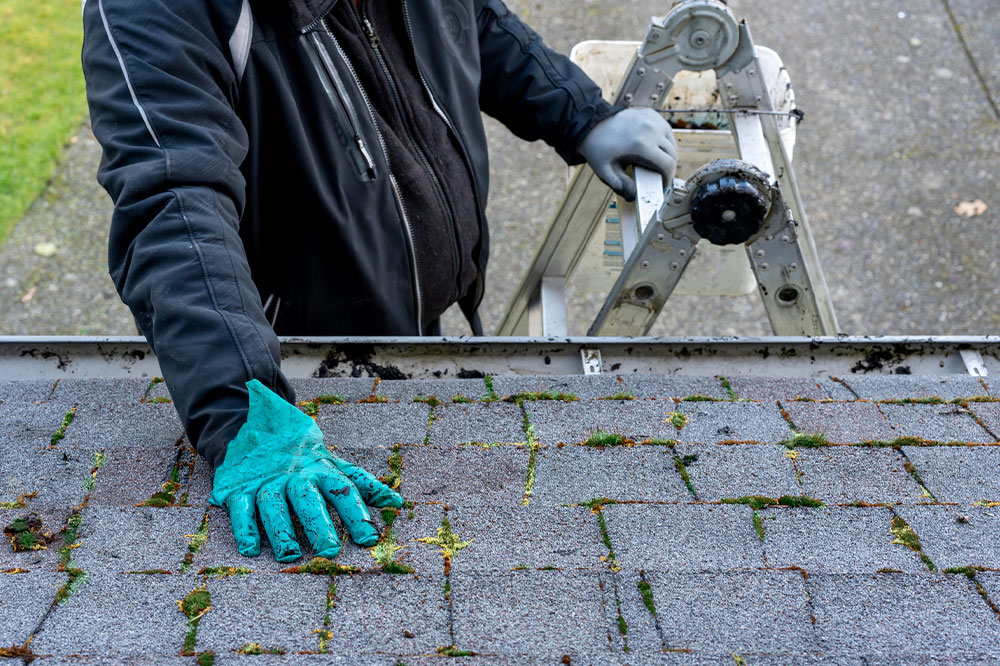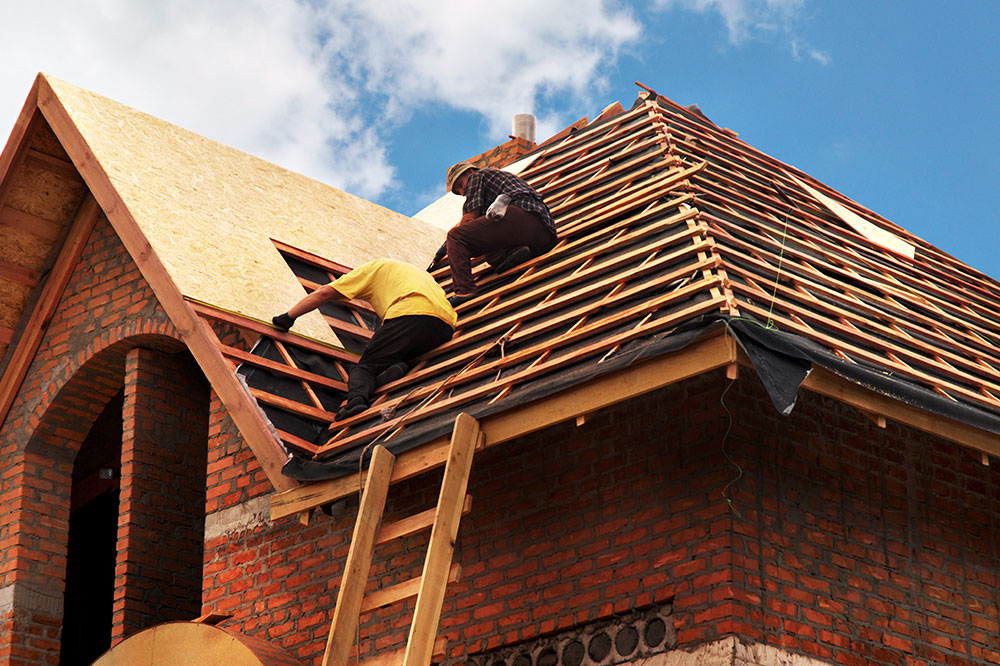Effective DIY Methods to Clear Moss from Your Roof
Discover eco-friendly DIY methods to remove moss from your roof effectively. This guide covers natural solutions like vinegar, baking soda, and safe bleach mixtures, along with prevention tips such as gutter cleaning and installing zinc or copper strips. These cost-effective techniques help maintain roof integrity and curb appeal while avoiding the damage caused by pressure washing. Regular maintenance and professional advice ensure your roof stays moss-free and durable for years to come.

Effective DIY Methods to Clear Moss from Your Roof
Roof moss buildup is a common issue that can weaken roof structures and reduce visual appeal. While commercial products exist, many homeowners prefer eco-friendly, cost-effective, and safe DIY options. This article highlights natural homemade solutions to remove moss without harsh chemicals. Moss thrives in shaded, damp areas and appears as a green layer on the roof surface. Over time, it can damage shingles by lifting them and trapping moisture, speeding up deterioration.
For natural moss removal, homeowners can prepare simple solutions. Vinegar spray made with equal parts white vinegar and water can be sprayed directly onto mossy areas. Let it work for several hours before rinsing. Baking soda offers another gentle alternative—mix three tablespoons with a liter of water, spray, scrub lightly, then rinse thoroughly. For stubborn moss, a bleach solution with one cup of bleach, a gallon of water, and dish soap can be applied carefully—wait a few minutes before rinsing. Avoid high-pressure washing to prevent roof damage.
If DIY methods aren’t suitable, commercial moss killers in powder form are available. Spread these powders along the roof ridge and activate with rainwater, allowing moss to decay over about a week. Effectiveness may vary with weather conditions. Prices depend on product size and brand.
Prevention is essential for a moss-free roof. Regular gutter cleaning prevents moisture buildup that promotes moss growth. Installing zinc or copper strips along the roof surface releases ions that inhibit moss formation—professional installation is recommended. Before installing, remove existing moss, especially on lower roof areas where growth is common.
Note:
Our blog offers practical tips on various topics, including roof maintenance. While intended for informational purposes, it is not a substitute for professional advice. Always consult a roofing expert for tailored recommendations and services.


